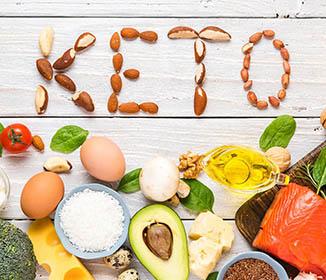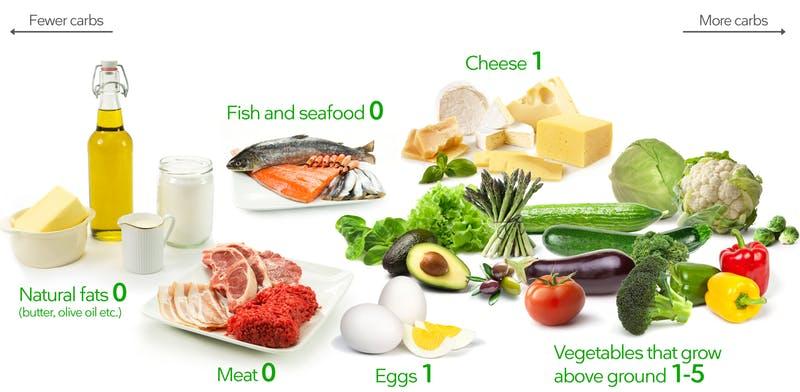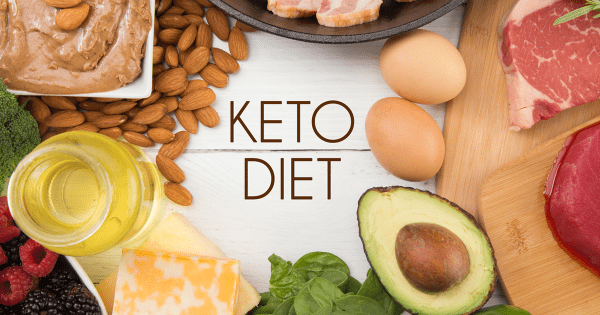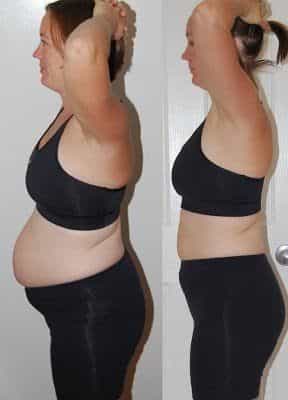Starting a keto diet can be a daunting task, especially if you are new to the concept. But with the right information and guidance, it can become a simple and effective way to achieve your weight loss goals. In this article, we will guide you through the basics of starting a keto diet, including what it is, how it works, and what you can eat.
What is a Keto Diet?
A keto diet is a low-carb, high-fat diet that aims to put your body in a metabolic state called ketosis. In this state, your body burns fat for energy instead of carbohydrates. This is achieved by reducing your carb intake and increasing your fat intake, which forces your body to use fat as its primary fuel source.

How Does a Keto Diet Work?
The science behind the keto diet is relatively simple. When you reduce your carb intake, your body starts to burn stored fat for energy. As a result, your body enters a state of ketosis, where it produces ketones, which are used as fuel for your body and brain.
Benefits of a Keto Diet
The keto diet has numerous benefits, including weight loss, improved blood sugar control, and increased energy levels. It can also reduce your risk of developing certain diseases, such as diabetes, heart disease, and cancer.
How to Start a Keto Diet
Starting a keto diet is easy, but it does require some planning and preparation. Here are some simple steps to get you started:
Step 1: Calculate Your Macros
The first step in starting a keto diet is to calculate your macros. This involves determining your daily calorie intake, protein intake, and fat intake based on your weight, height, age, and activity level. There are many online calculators that can help you with this.
Step 2: Reduce Your Carb Intake
The next step is to reduce your carb intake to 20-50 grams per day. This means cutting out all processed foods, sugary drinks, and high-carb fruits and vegetables. Instead, focus on eating low-carb vegetables, healthy fats, and moderate amounts of protein.
Step 3: Increase Your Fat Intake
To get into ketosis, you need to increase your fat intake. This means adding healthy fats to your meals, such as avocados, nuts, seeds, and olive oil. You can also add healthy fats to your coffee, such as MCT oil or coconut oil.
Step 4: Monitor Your Progress
Finally, it’s essential to monitor your progress and adjust your macros as needed. This involves tracking your weight, body measurements, and food intake. There are many apps and tools available to help you with this.
What to Eat on a Keto Diet
The keto diet focuses on eating low-carb, high-fat foods. Here are some examples of foods you can eat on a keto diet:
- Meat and poultry
- Fish and seafood
- Low-carb vegetables
- Nuts and seeds
- Healthy fats, such as avocado and olive oil
What to Avoid on a Keto Diet
To stay in ketosis, you need to avoid high-carb foods, such as:
- Sugary drinks
- Processed foods
- High-carb fruits and vegetables
- Grains and cereals
- Sugary snacks and desserts
Conclusion
Starting a keto diet can be a game-changer for those looking to lose weight and improve their overall health. By following the steps outlined above, you can begin your keto journey with confidence and success. Remember to consult with your healthcare provider before starting any new diet or exercise program, especially if you have underlying health conditions.
In conclusion, we hope that this guide has helped you understand the basics of starting a keto diet and provided you with the information you need to succeed. With dedication, discipline, and the right mindset, you can achieve your weight loss goals and enjoy the numerous health benefits of a keto lifestyle. Good luck!

 Weight Loss College
Weight Loss College




